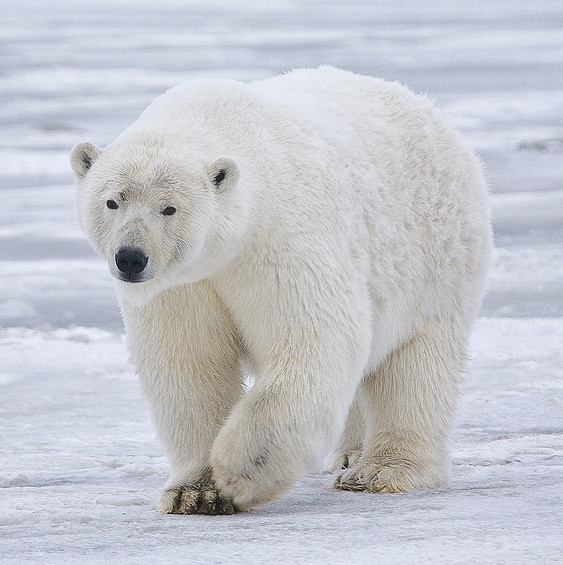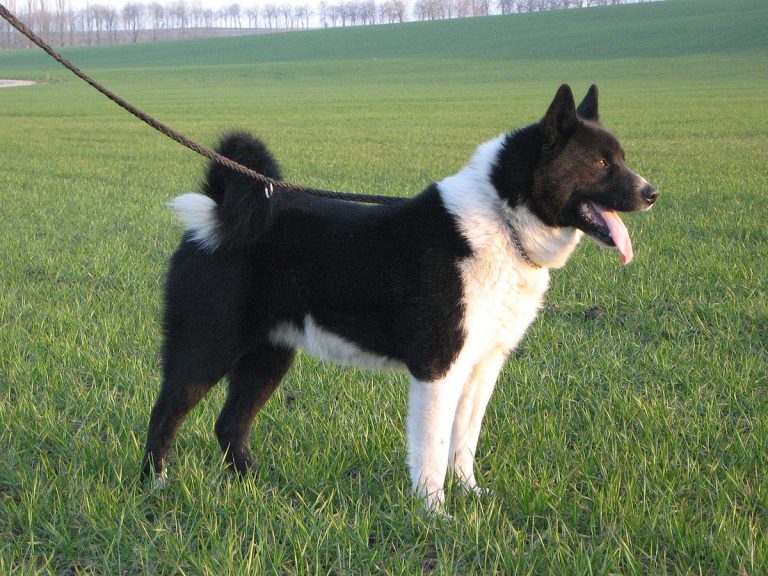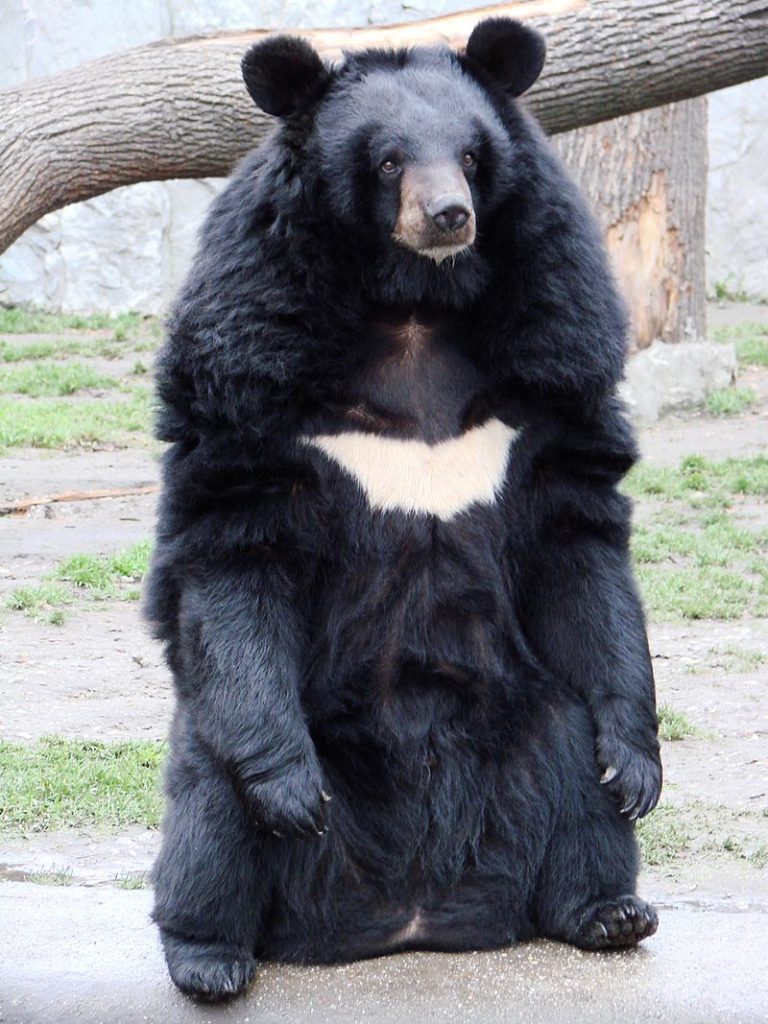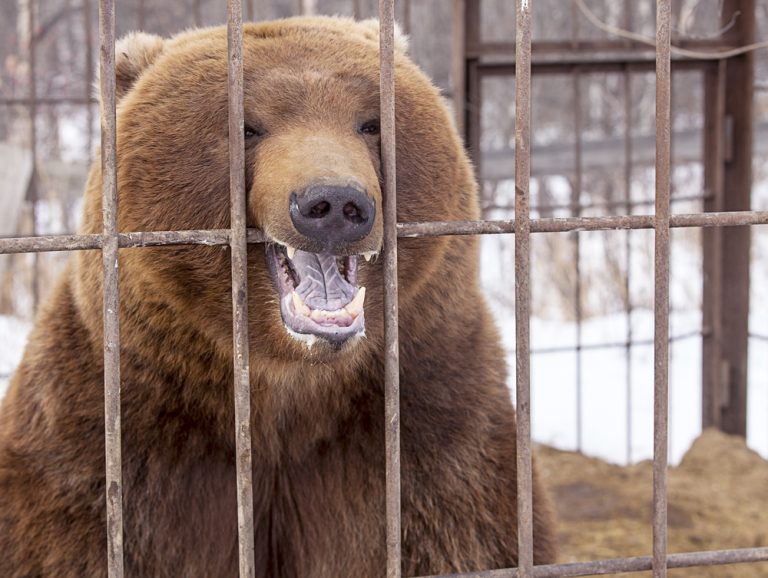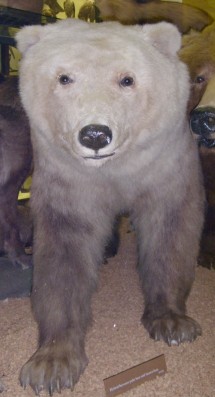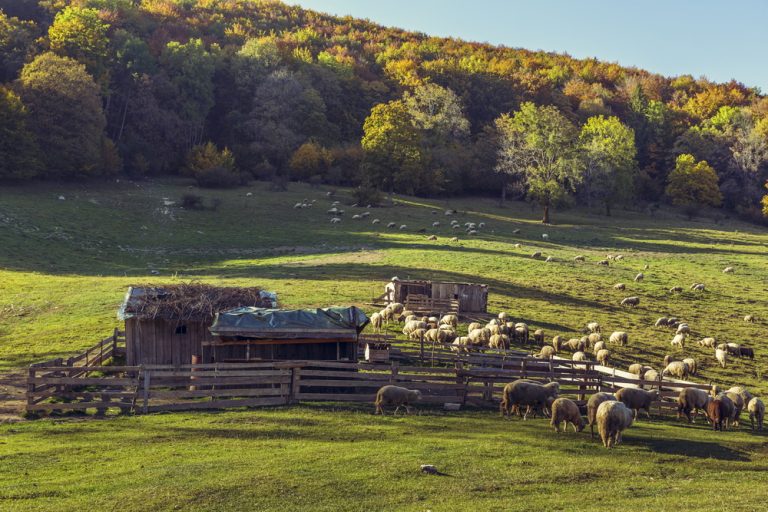Species Profile: The Kodiak Bear
The Kodiak Bear is one of the largest bears on Earth today: it’s second only to the Polar Bear.
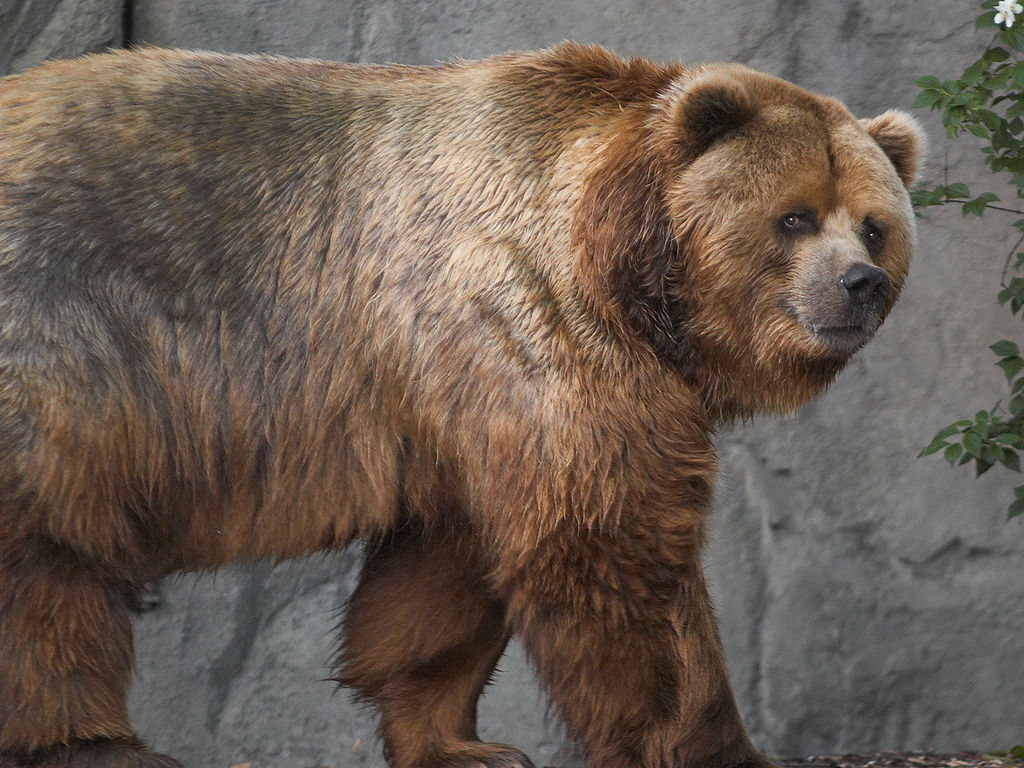
The Kodiak bear is a native of the Alaskan Kodiak Archipelago islands.
This bear is a subspecies of the brown bear. In fact, it’s the second largest of brown bears: only the Polar Bear can surpass it.
Apart from its intimidating size and exclusive habitat, there isn’t much difference between this bear and other brown bears especially the grizzlies.
Trophy hunters and settlers hunted this bear for years for its meat and fur but there are now hunting regulations in place to protect it.
1) Scientific Name
Ursus Arctos Middendorffi
2) Scientific Classification:
- Kingdom: Animalia
- Phylum: Chordata
- Class: Mammalia
- Order: Carnivora
- Family: Ursidae
- Genus: Ursus
- Species: Ursus Arctos
3) Life Expectancy
Kodiak bears are expected to live up to 27 years in the wild, but it was recorded that the oldest sow survived for 35 years.
4) Average/Maximum Length
This species of bears is the largest existing one after the polar bear. An average adult male can measure up to 244 cm (96 inches) in length and 133 cm (54 inches) tall at the shoulder while sows are 20 percent smaller than males.
Yet, there were some males who surpassed these numbers to reach 1.5 meters (5 feet) while standing on all four legs.
5) Average/ Maximum Weight
Adult males weigh anywhere from 477 to 534 kg (1052 to 1177 lbs.), while females weigh from 181 to 318 kg (399 to 701 lbs.). It’s also known that bears in captivity can gain weight and become a lot heavier than wild bears. In some occasions, such males can even exceed 680 kg (1500 lbs.).
6) Maximum Swimming/Running Speed
One of the most surprising facts about the Kodiak bear is that it is quite fast for its heavy nature.
Thanks to their strong skeleton and thick muscles, Kodiak bears can maintain speeds from 56 to 64 km/h for long distances. They are also great swimmers. This bear can swim one mile or two uninterrupted while crossing a lake or a bay with its body under water and just its head and nose above.
Although they can really swim, water makes bears vulnerable and not at ease. They may float in it just to relax or use it as a ready food source for catching fish.
7) Interaction With/Danger To Humans
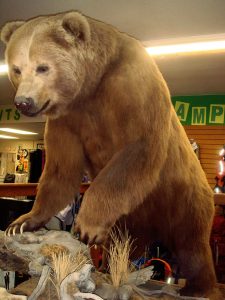
Kodiak bears are typically solitary, but because of food, they may sometimes gather in large groups.
Even garbage can bring them together. Because of that, they have learned to communicate through a complex language and a social structure to avoid fights.
Now, when it comes to humans, they normally try to stay away and avoid any encounter with our kind.
However, there are some exceptions to this behavior and a Kodiak bear may attack if surprised, attracted by food or threatened in any way.
For now, there are very few reported fatalities involving a Kodiak bear. Though in the latest one, a hunter was a killed.
8) Reproduction Details
Kodiak bears start being sexually active at the age of 5. During mating season they remain with one partner for a while before moving on to another.
They mate in May and June and stay from two days to two weeks together. After the female’s egg is fertilized and splits a few times, it will float in the uterus until autumn when it is finally implanted and starts growing.
Cubs are often born with their eyes closed and very little hair in January or February and are nursed for several months. Thereafter, they will begin to venture out of the den in May or June and stay with their mothers for up to three years.
There is a very high rate of cub cannibalism by adult male Kodiak bear so many cubs don’t make it to adulthood.
9) Diet/Hunting Pattern Of The Kodiak Bear
Kodiak bears are omnivores but they do love their fish even if it is only available in springtime.
Pacific salmon is considered a great source of nourishment and a good way to gain some extra pounds. But this is not the only kind of meat Kodiak bears consume, they can sometimes hunt animals such as deer and elk. However, they prefer to steal animals that were killed by others and they would rather eat the organs instead of muscle.
These bears also eat berries, and vegetation such as roots, and grass.
10) Alternative Names
- The Kodiak Brown Bear
- The Alaskan Brown Bear
- Taquka-aq (Alutiiq tribe)
11) Population and Conservation Status
The Alaskan bear population inhabits only the islands of Kodiak Archipelago and a 2005 census documented 3,526 individuals.
For some time this population decreased because of hunting and the excessive killing of these bears, but now their numbers are slowly increasing thanks to hunting regulations and the creation of Kodiak National Wildlife Refuge in 1941.
The IUCN does not have a separate conservation classification for the Kodiak bear. However, it belongs to the brown bear species which is classified as Least Concern.
12) Ancestry and History
Natives of the Archipelago used to hunt bears to eat their meat and use their fur as clothes and bedding. There were also many spiritual stories about the similarity between bears and humans.
Hunting a bear was a sign of courage and maturity. In addition, Russians came after the fur of these bears and hunted as many as they could: the death toll peaked at 250 bears per year at some point. Bears were even considered high consumers of salmon and were shot every time they were seen near streams.
Fortunately, hunting regulations have helped to curb the execution of the Alaskan population.
13) Distribution and Habitat
These bears live exclusively in the islands of the Kodiak Archipelago in Southwestern Alaska, USA.
Kodiak bears thrive well in the cool temperatures, and foggy, windy conditions of the islands there. Though their terrain is just 13,000 km², it covers a variety of topography including forests, mountains, hills and flat tundra.
The bears live on all the islands adapting themselves to all that is local, starting with the food that they enjoy in spring and summer to the environment and beautiful streams.

